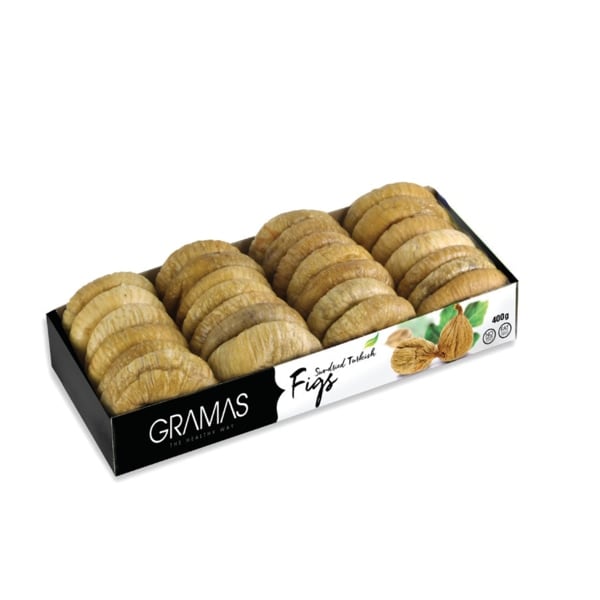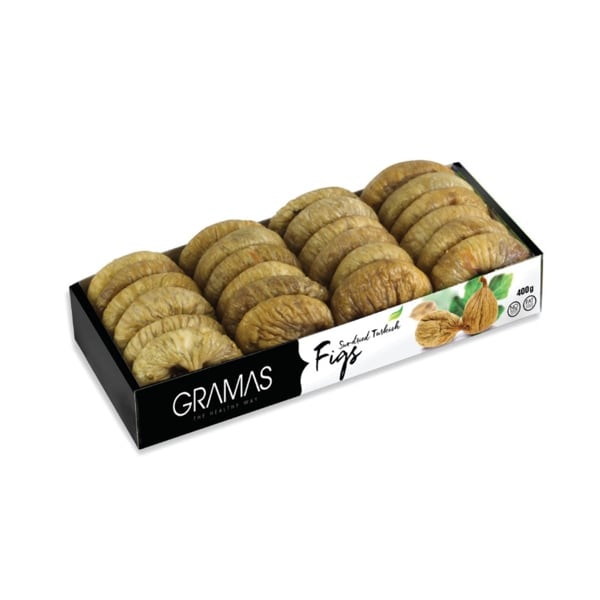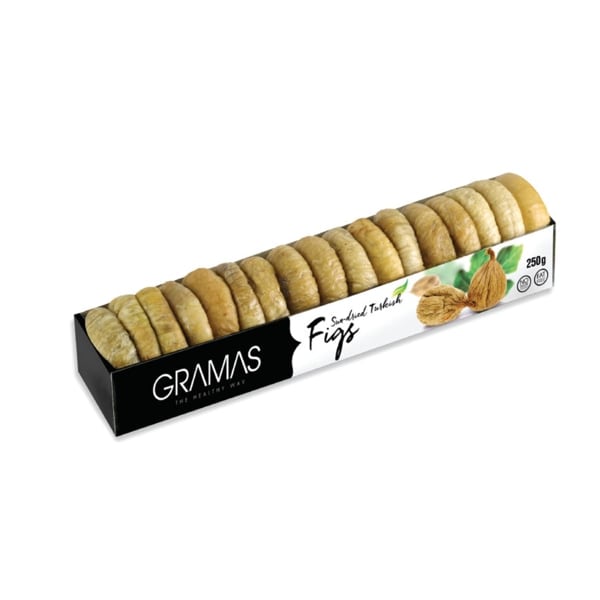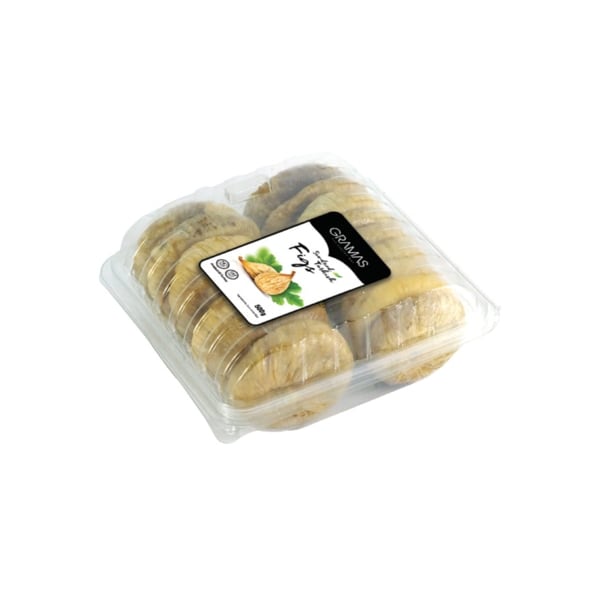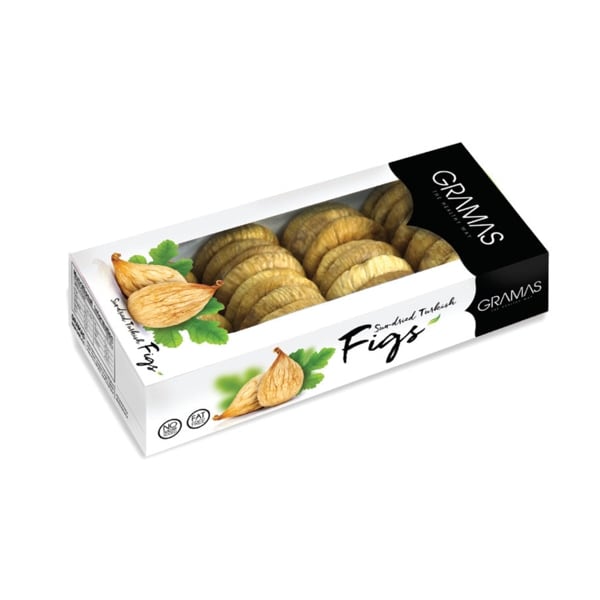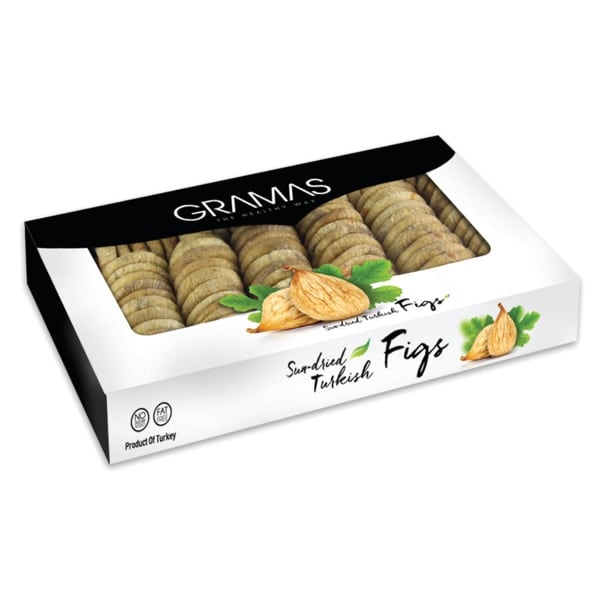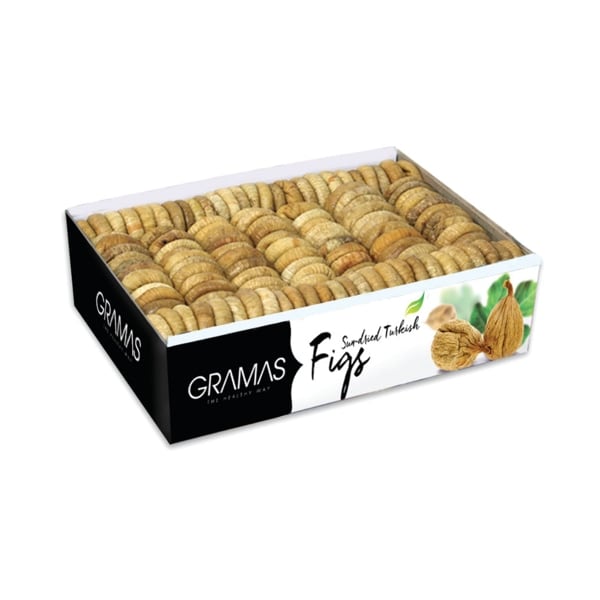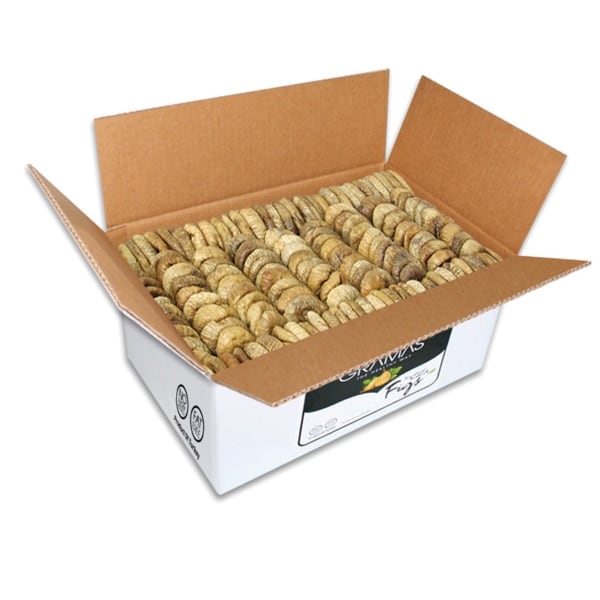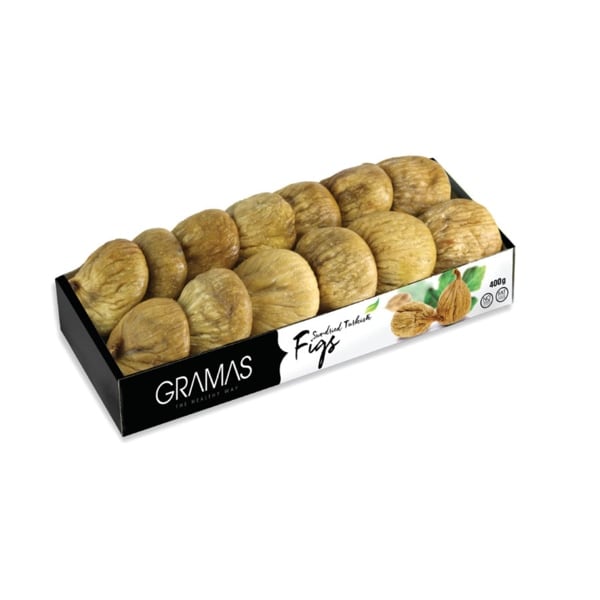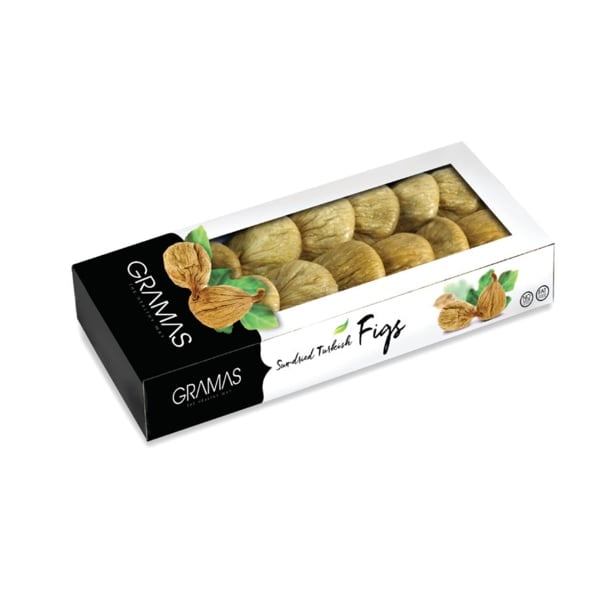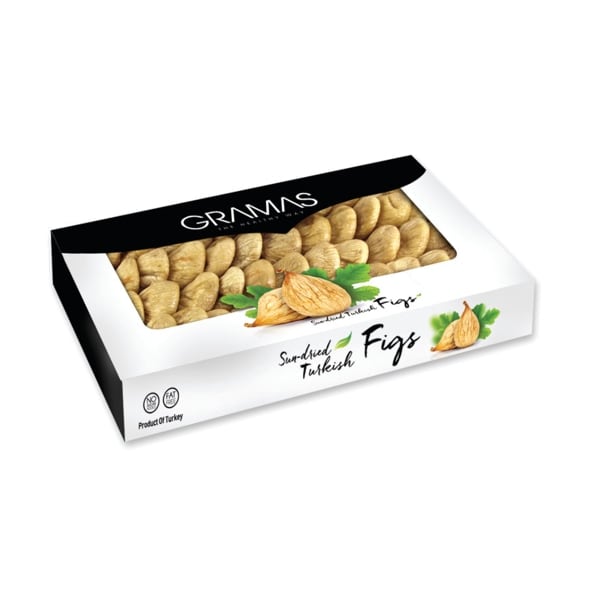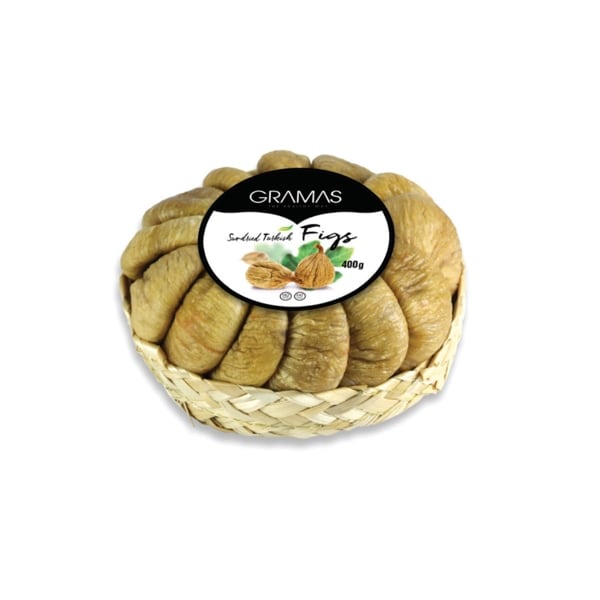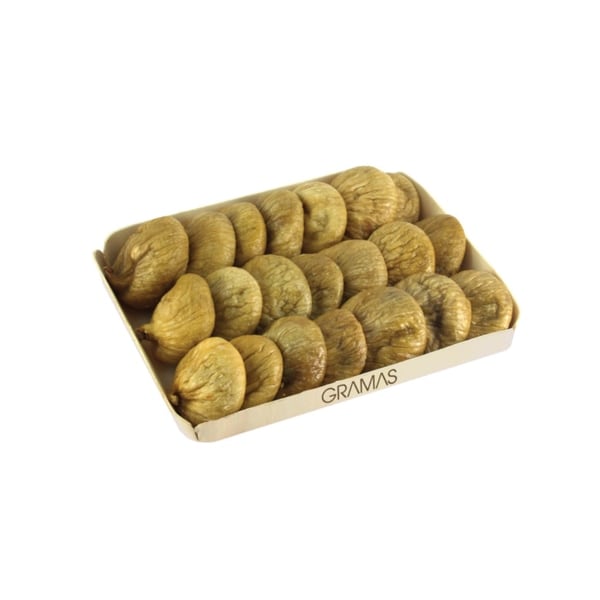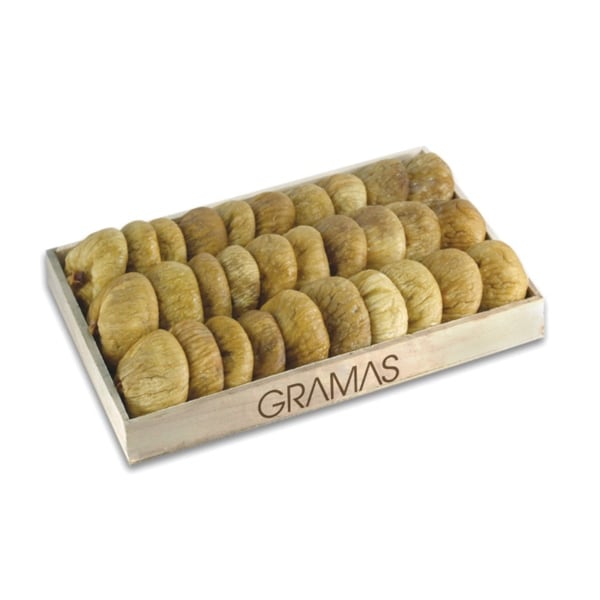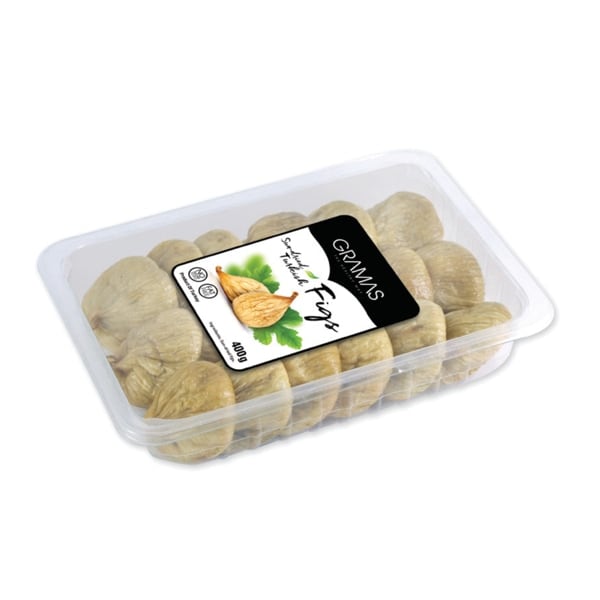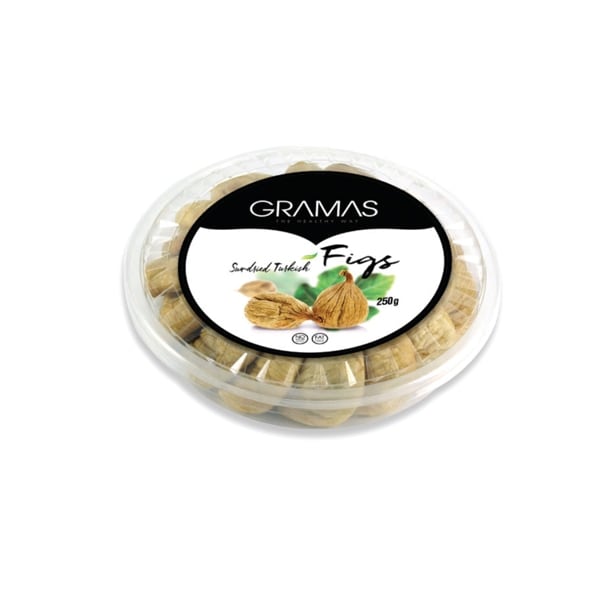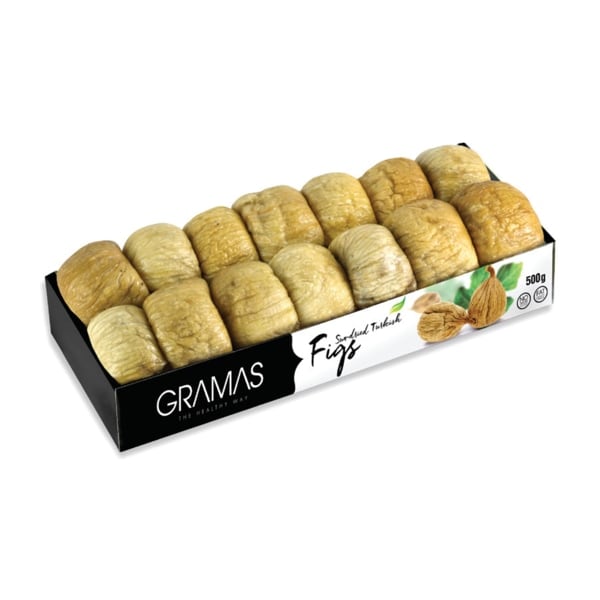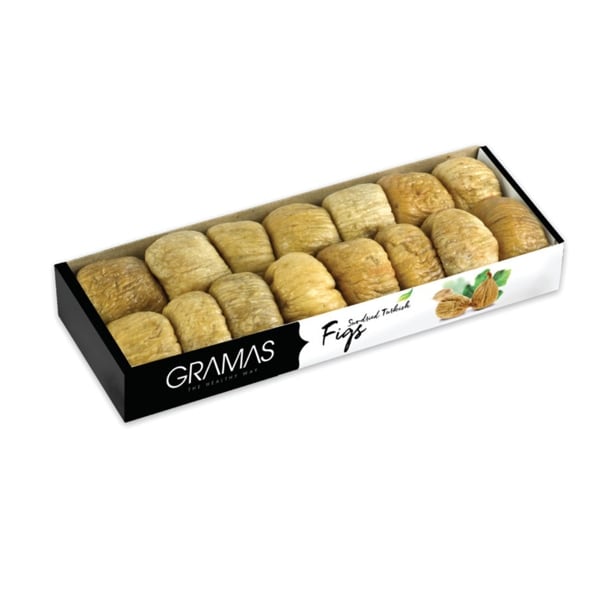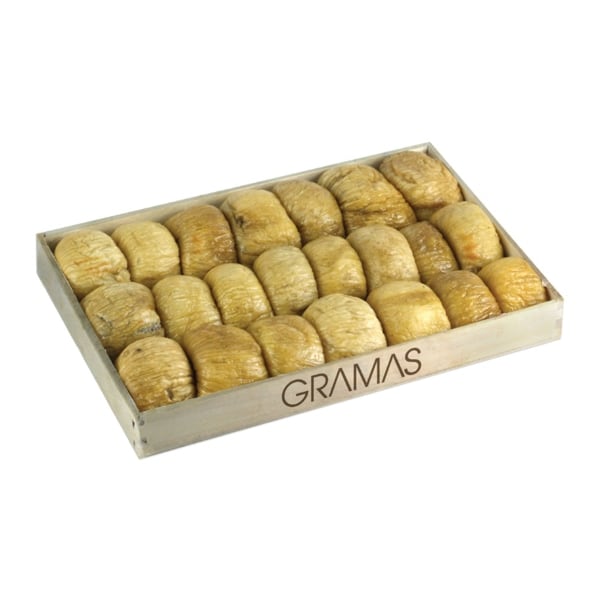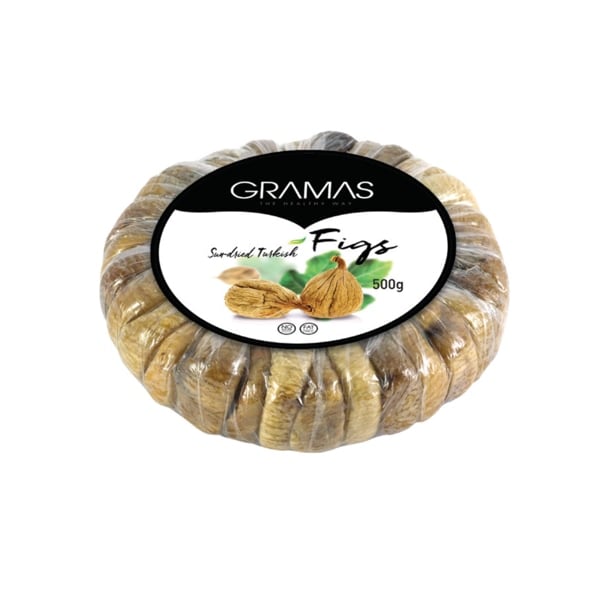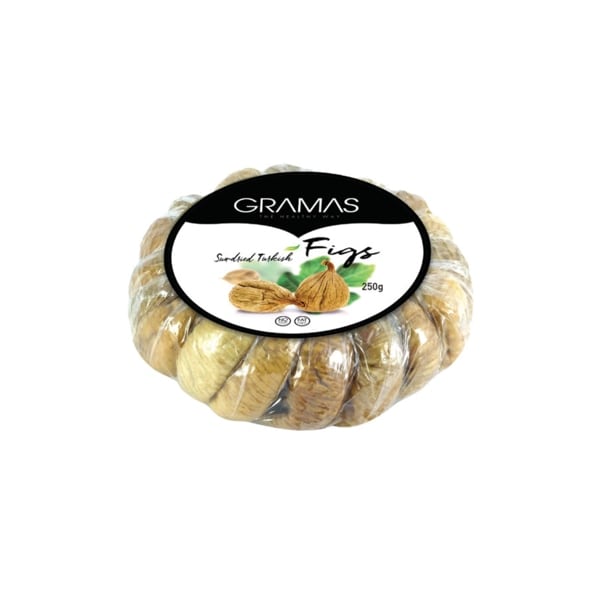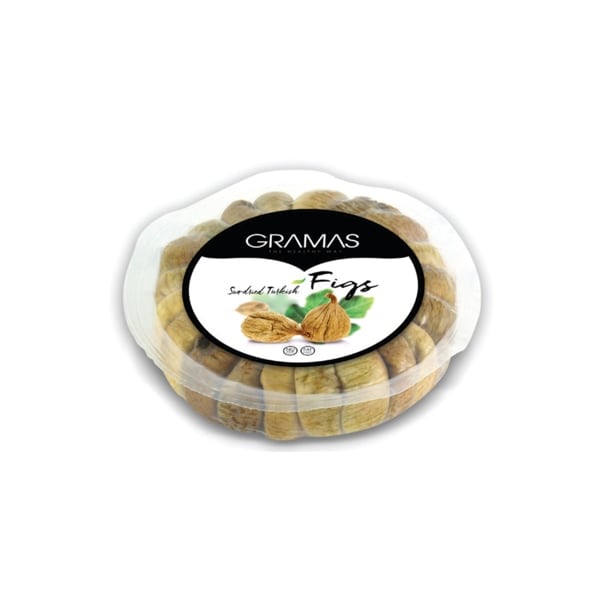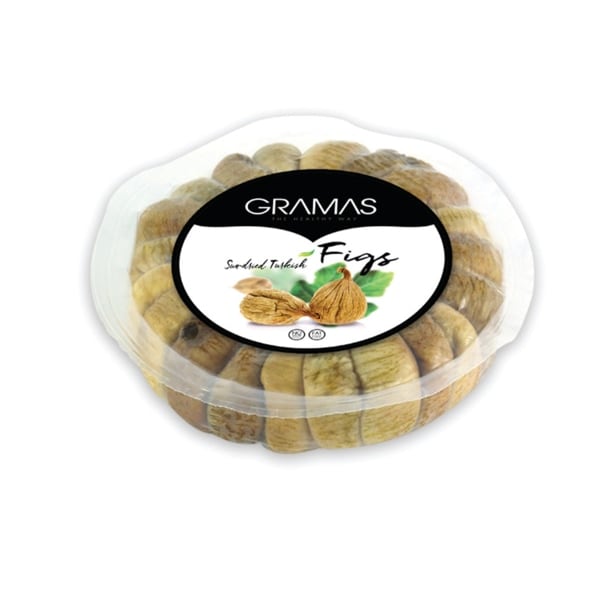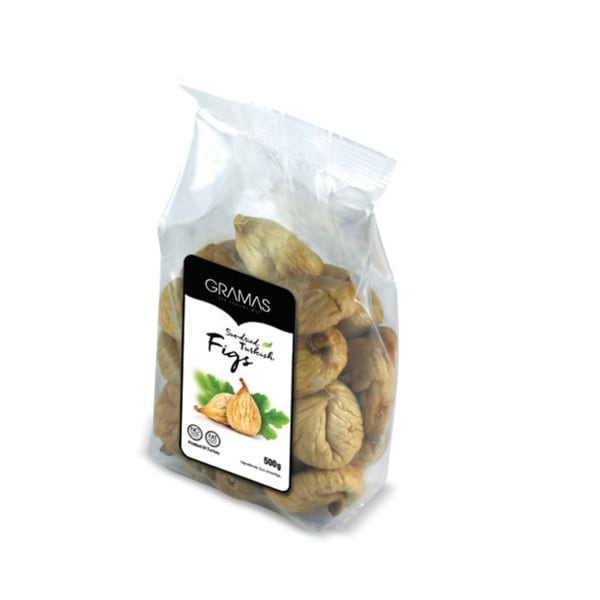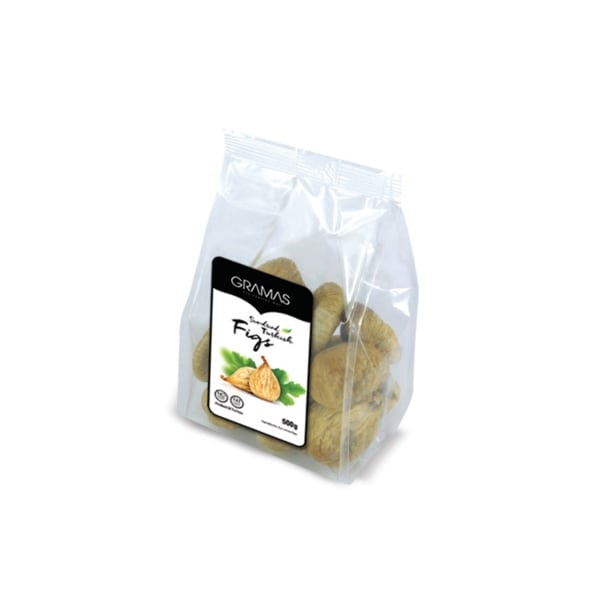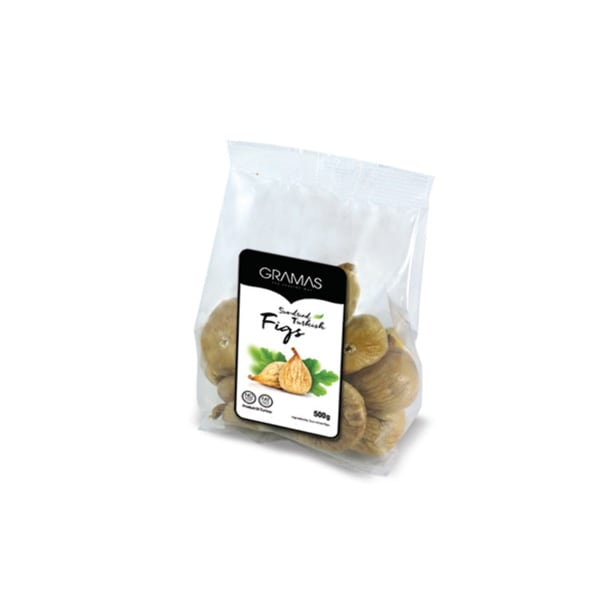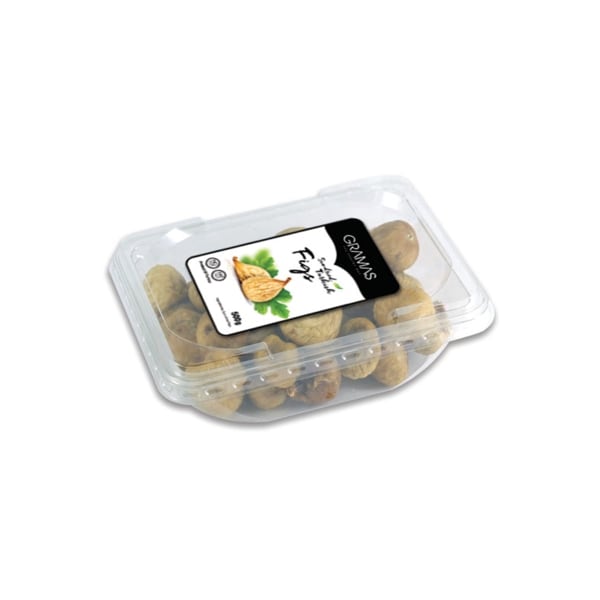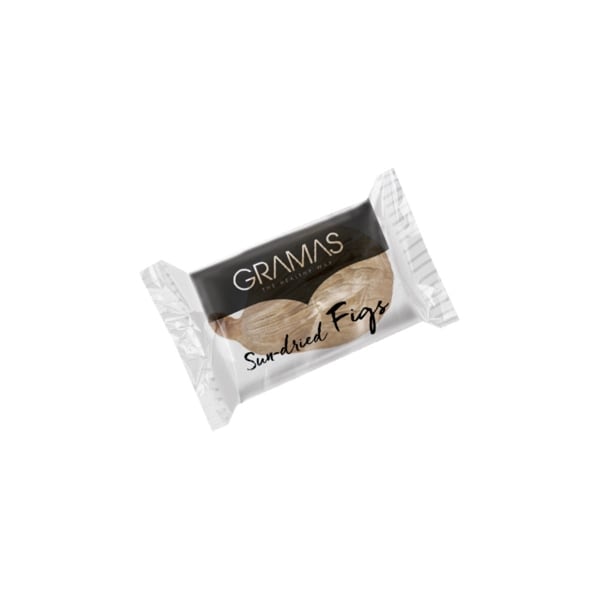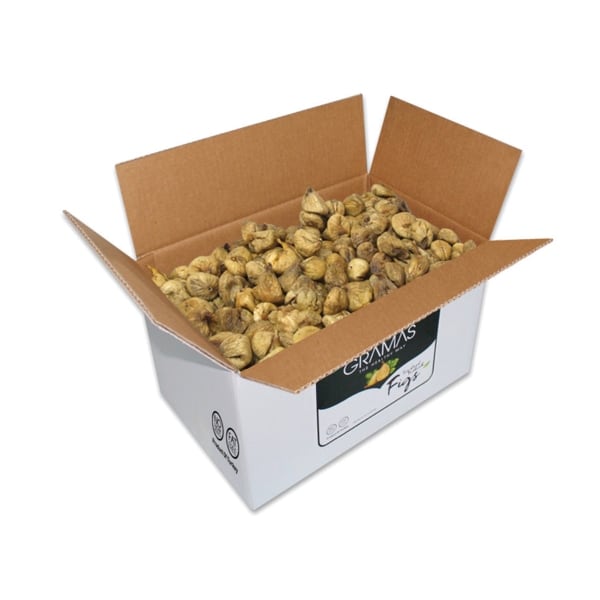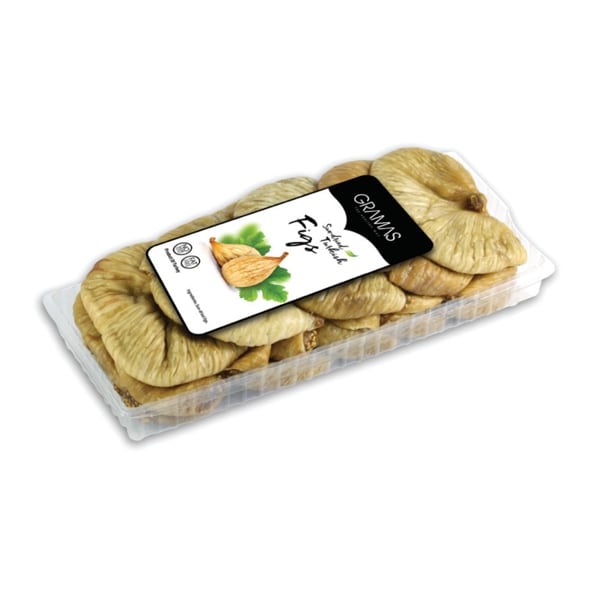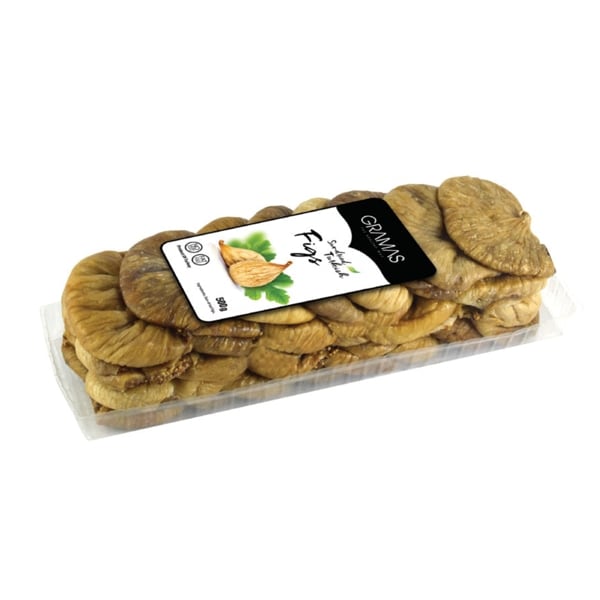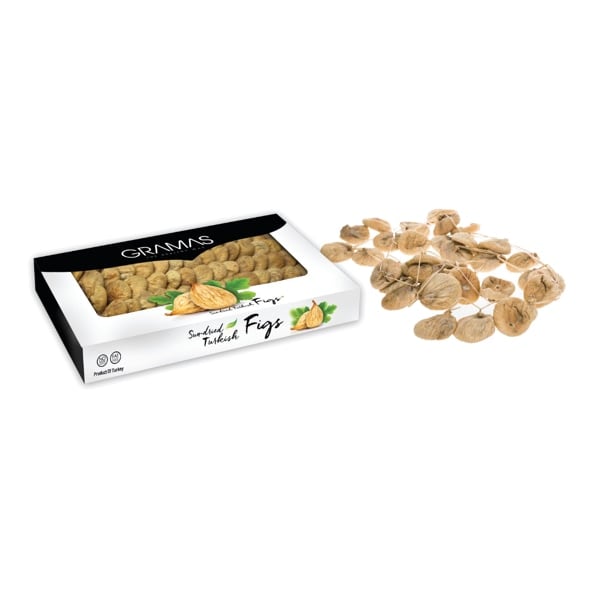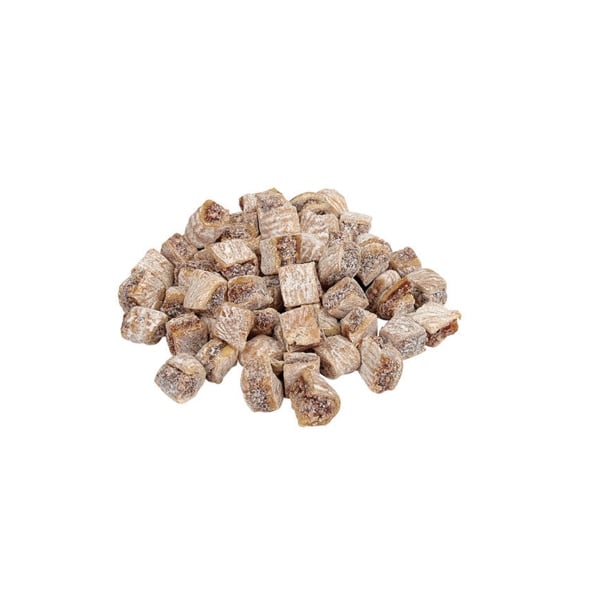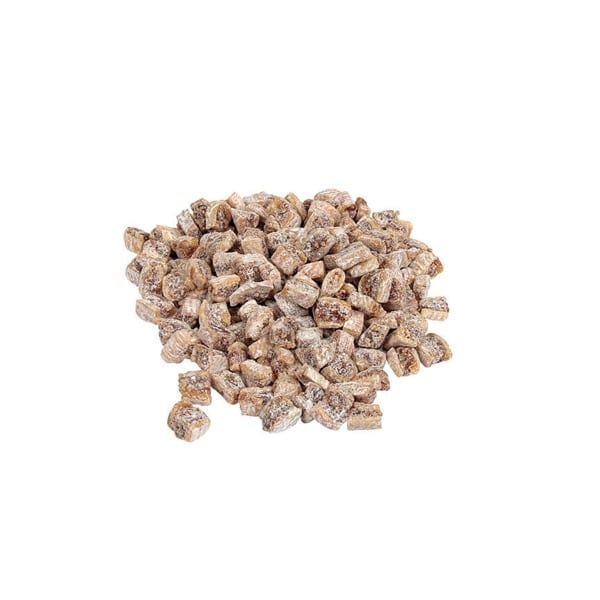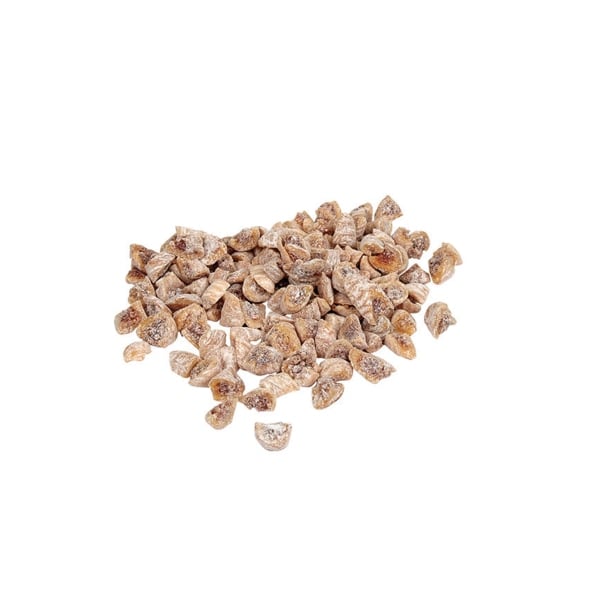
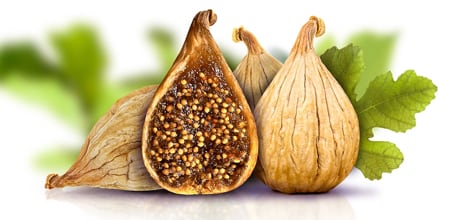
From beautiful farms in Aydin, Turkey, Gramas provides the highest-quality, tree-ripened figs, using only the most traditional methods. We produce both organic and conventional dried figs, to fit the unique needs of our buyers.
Read more ...
SUN-DRIED FIGS
LERIDA
SUN-DRIED FIGS
PROTOBEN
SUN-DRIED FIGS
PULLED & GARLAND
SUN-DRIED FIGS
NATURAL FORM
SUN-DRIED FIGS
LAYER ON STRING DICED
Dried Fig
From beautiful farms in Aydin, Turkey, Gramas provides the highest-quality, tree-ripened figs, using only the most traditional methods. We produce both organic and conventional dried figs, to fit the unique needs of our buyers.
Known for the most suitable fig-growing climate, Turkey is proud to be the leading supplier with nearly 60% of the world’s dried fig production.
We are happy to deliver world-class dried figs from farms to our happy customers.
Product Info
Sweet, chewy, and rich in nutrients and health-benefits; Turkish dried figs are a popular snack, addition to your favorite meal, or delightful treat in baked goods.
Gramas provides dried figs in Natural, Lerida, Protoben, Pulled, Garland, Layer, on String and Diced forms for customer’s specific needs.
Facts About Dried Figs
At our idyllic farms in Turkey, Gramas grows, harvests, dries, and prepares the very best Smyrna-type figs.
Fig harvest starts in August. During this late-summer month, semi-dried figs fall down on the soil all by themselves. Those figs are then hand-collected by our world-class farmers.
These fresh figs are laid on special drying trays under the warm sun for 3-5 days, then, they are carefully processed and hand-prepared for shipping.
Let’s take a look at some of the facts:
- Turkish figs will continue to ripen after being packaged. The fig’s fruit honey penetrates the skin, and those with thin skins will gradually become darker. That’s why there is some variance in the color of natural dried figs.
- You may also notice a white powder on some dried figs. This is called bloom. The bloom is rich in nutrients, and it is one of the precious features of high quality figs.
- Impressive levels of Potassium, Calcium, Magnesium, Iron, Vitamins A, E, and K, and a host of other Minerals and Antioxidants set dried figs apart. In fact, because the drying process takes nearly 60% of the fig’s water content, these dried fruits have a particularly concentrated fiber and nutrient content.
- The highest quality fig fruit comes from the 38 N Aydin Mountain area in Turkey. Aydin Mountain is adjacent to the Aegean Sea, where the sea wind and long sunshine duration make it one of the best fig production areas.
- The Aydin Mountain region also boasts high quality, unpolluted sand soil; night time temperatures over 20 Degrees Celsius; 220 days without frost; big day-night temperature difference; and glacier-molten water irrigation. All extremely important for quality fig production.
- Combining the perfect growing conditions with exceptional practices, Gramas offers some of the best dried figs to buyers around the globe.
- Shelf life of dried figs is one year and moisture level is 26%.
FAQ
Figs are harvested and gathered when they are about three-quarters ripe, so they will continue to ripen after packaging is completed. The fruit honey will then gradually penetrate the skin, and those with particularly thin skins will begin to show a darker color. This darker color is natural, and no additives are used.
Hydrogen Peroxide - which makes dried figs brighter - is prohibited in many countries, including several of those in the US and Europe. Dried figs should be natural, and no treated with H202.
The color of a natural dried fig varies, some with a lighter hue, and others slightly darker. This variance in color makes them very different from the uniform, light color of bleached figs.
Bleached figs have a whitish pericarp, have a chemical odor, and have lost their elasticity. You may notice poor taste, and maybe even the taste of chemicals.
This powder is known as “bloom”, and is one of the natural features of Turkish figs, which are rich in sugar. The sugar in the skin will become bloom during the drying process. The bloom is rich in nutrients, and is one of the precious features of high quality figs.
The shelf life of a dried figs is one year.
Fig Size Chart
| Size | 1 | 2 | 3 | 4 | 5 | 6 | 7 | 8 | 9 | 10 |
| Piece in 1 kg | 36-40 | 41-45 | 46-50 | 51-55 | 56-60 | 61-65 | 66-70 | 71-80 | 81-90 | 90+ |
You can eat finely-chopped dried figs on oatmeal or porridge, sprinkled on a salad, or added to meats, sea foods, and different sauces. Figs can also be added to rice, couscous, or baked goods.
Dried figs are nutrient-rich and very filling. This combination makes figs a great resource for those looking to lose weight or fight obesity. Since figs are really filling, they help people control their appetite.
When fresh figs are dried, approximately 60% of their water content is removed. That means dried figs have a higher concentration of nutrients, fiber, and calories. Fresh figs are available for a short amount of time, so stocking up on dried figs is the best way to have a continual supply of this healthy fruit.
Turkey supplies nearly 60% of the world’s dried figs, and is known as the highest quality region for fig growing.
The 38 N Aydin Mountain region in Turkey is known for high quality, unpolluted sand soil, long sunshine duration (with more photosynthesis), irrigated by glacier-molten water, over 20 Celsius degrees at nighttime, 220 days without frost (so that figs can fully absorb nutrients), and big day-night temperature difference (so that more nutrients can be stored).
All these elements combine to make this small region the perfect area for growing, harvesting, and drying figs.
Smyrna figs are the same as Calimyrna figs. The only difference is that the Calimyrna is grown in California.
